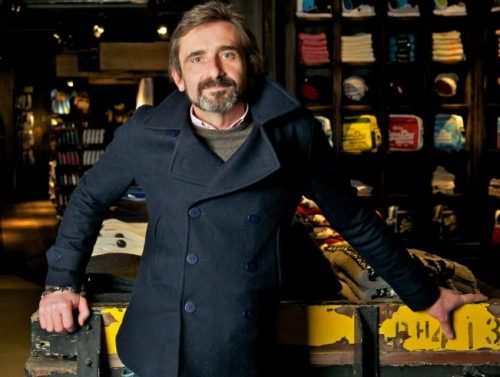Dunkerton hits back at claims ailing Superdry is no longer a cool brand

The founder and chief executive of struggling Superdry has hit back at claims the brand is no longer cool.
Superdry, which began life on a market stall in Cheltenham, has been fighting for its survival.
This week the Gloucestershire company announced a restructuring plan in an attempt to keep the company afloat.
The plan includes cutting rents at shops across the UK, delisting from the Stock Market and extending loan agreements.
Superdry saw rapid growth in its early day due in large part to backing from celebrities such as David Beckham.
But the magic has rubbed off in recent years and the share value of the company has slumped to historic lows.
The company has said that it would be forced to call in the administrators if there was no rescue plan in place.
The company was set up by Dunkerton and James Holder, and went on to enjoy huge commercial success.
Last month Dunkerton announced he had pulled out of talks with US investors which have seen the firm become a private business.
Peter Williams, former chairman of Superdry, suggested on the BBC’s Today programme that the move was a reflection of a “brand that is probably not as cool as it used to be”.
He added: “That’s the problem – because teenagers don’t necessarily want to shop where their parents used to shop and there is this natural culling of fashion brands that goes on.”
Dunkerton, who previously resigned from the board before returning to “steady the ship” in 2019, denied the claims.
He said: “The reality is that the brand speaks to all human beings – it’s a very broad church and needs to be.
“While you go through the ebbs and flows of brand heat – actually having a diverse customer base is key,”
Dunkerton said it he would personally back a £10m equity raise in order “to make sure we save jobs and this brand which is a great British success story.”
He added that the brand’s inability to modernise has been fuelled by excess stock.
He said: “The fact is that we’ve had to deal with 19 million garments and have been quietly reducing them.
“We’re almost at the point where we need to focus on creating new products and pushing forward.”









